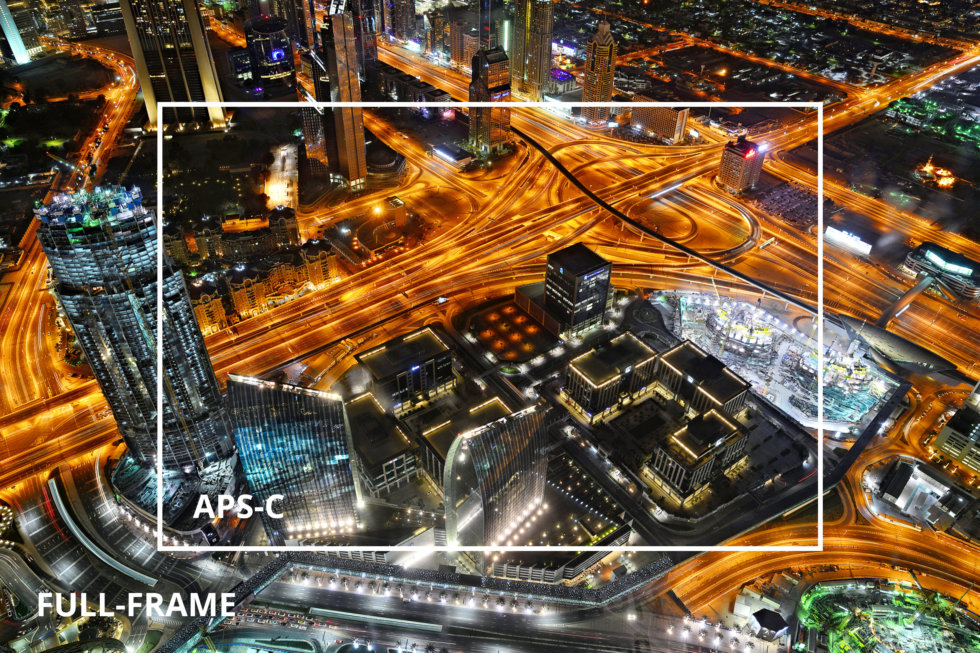

Safe to say, then, depending on the skill set and knowledge of the user, that full-frame cameras require a bit more of a learning curve and familiarisation with the particular manufacturer’s quirks before optimum results can be achieved.
APS C FRAME MANUAL
APS-C vs Full Frame: features to look forĪs they’re typically aimed at professionals or those who are fairly proficient in the art of photography, full-frame cameras tend to offer more in terms of manual controls and customisation than the APS-C cameras aimed at the consumer market, where most people want to be able to attach the lens out of the box and be immediately up and running, without too many distracting options presented to them that they might never use. If you’re, however, seeking to work professionally in a competitive marketplace, where your images will possibly be blown up to billboard size, then you’ll already know that a full-frame sensor camera is the one you should be preferentially seeking out. However, street photographers, travel photographers and even some press photographers may favour the typically lightweight and smaller APS-C models, that allows the user to, typically, be more flexibly fleet-of-foot in capturing the moment, while potentially avoiding an aching neck and shoulders from carrying a bulkier camera and lens/es around all day.īroadly speaking then, if you’re looking to make a pictorial step up and augment that smartphone with an interchangeable lens camera to achieve better pictures, then an APS-C sensor incorporating mirrorless camera or DSLR should suit just fine. If you’re a landscape, fashion or portrait photographer then full-frame may appeal, as you’ll be looking to achieve as detailed and subject-realistic imagery as possible. Because we’re getting extra however, in terms of sensor size and image quality, full-frame cameras are regularly more expensive than their APS-C sensor incorporating alternatives. This can, however, result in a bulkier, heavier body to house a full-frame sensor, as we’ve noted above, although this difference isn’t as pronounced as it used to be.
APS C FRAME PROFESSIONAL
The more serious enthusiasts and professional photographers will typically always opt for a full-frame camera because of the perceived leap in quality and extra detail and picture information it delivers – the result of using big and bright lenses with a high-resolution sensor, meaning that results in lower light conditions are often better too. So if you’re a student of photography just getting started, or someone switching up from a smartphone to a more ‘serious’ photographic tool, then an APS-C camera is a safe and affordable bet.
APS C FRAME PORTABLE
APS-C vs Full Frame: which would suit you?ĪPS-C sensors tend to be found in smaller, more portable and just as importantly more affordable consumer-level cameras, including compact mirrorless cameras and DSLRs aimed at amateurs and photography hobbyists. This means that there is not as significant a size difference between full-frame or APS-C sensor cameras as there used to be a decade back, particularly as regards mirrorless cameras. However, there have been some significant advances in the past decade, particularly as regards mirrorless cameras, which jettison the bulky mirror mechanism found within SLRs to allow for a smaller body design. In terms of the ‘cons’ when it comes to full-frame, broadly speaking, a physically larger full-frame sensor typically necessitates a physically larger and weightier camera by comparison with its APS-C sensor incorporating cousins. Generally speaking, if you want the most highly detailed images then a full-frame sensor camera with a lens specifically devised for use with full-frame cameras will produce the best results – which is why most professionals will favour full frame. This is because the APS-C sensor size, while larger than those found in compact cameras we mentioned in our intro, is still smaller than a full-frame sensor.īy the same token, place a lens devised for an APS-C camera on a full-frame camera and you’ll also get a cropped frame too, because you’re no longer using the entire sensor. Put a lens destined for a full-frame camera on an APS-C camera however and you’ll get a cropped image.


 0 kommentar(er)
0 kommentar(er)
